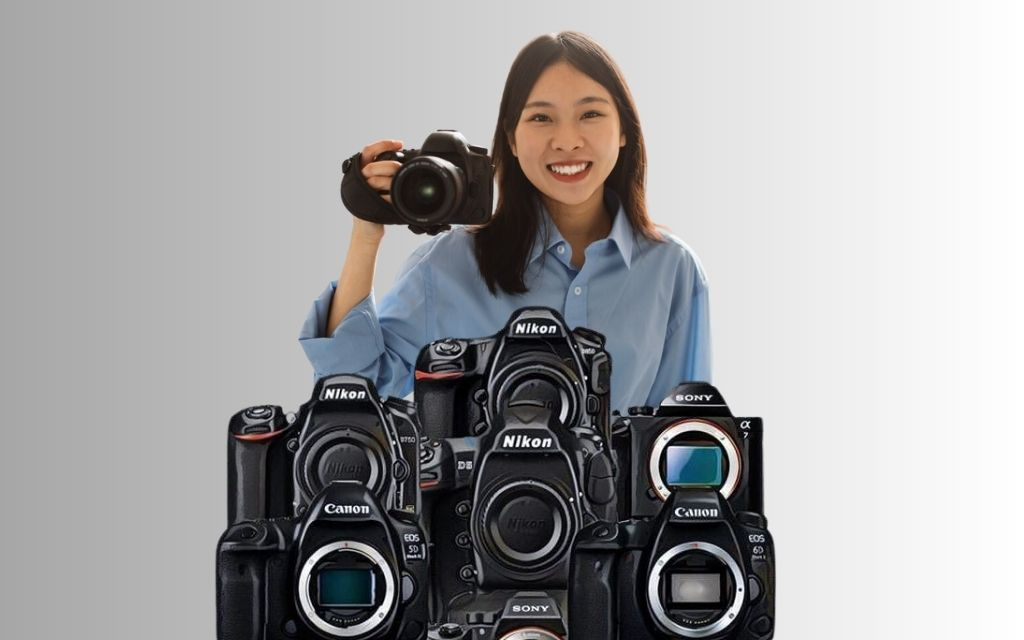Introduction to the Camera and Weight Perception
The oft-repeated adage “the camera adds ten pounds” suggests that photographic equipment and techniques can somehow alter the appearance of a person’s weight or body shape. This idea has persisted in popular culture, but what is the science and psychology behind this phenomenon, and is there any truth to the statement? This article delves into the interplay between cameras and their impact on our perception of body image.
Examining the Origins of the “10 Pounds” Claim
To understand where the “camera adds ten pounds” concept comes from, we must look at the history of photography and film. Early cameras, lenses, and the lighting techniques of the past had limitations that could distort images, potentially contributing to changes in appearance, including perceived weight.
The Role of Camera Lenses in Image Distortion
Camera lenses can significantly influence how weight and body shape are perceived in photos:
- Lens Focal Length: The focal length of a lens affects the perspective of an image. Wide-angle lenses, which have a shorter focal length, can distort features and make them appear wider. Telephoto lenses, with longer focal lengths, tend to compress and flatten features, which can be more flattering.
- Lens Distortion: Barrel distortion from wide-angle lenses can cause straight lines to appear bulging, contributing to the appearance of added weight around the edges of an image.
Lighting and Shadows in Photography
Lighting plays a critical role in photography and can dramatically affect the perception of form and depth:
- Flat vs. Dynamic Lighting: Flat lighting can reduce shadows and make the subject’s features appear less defined, potentially adding to the illusion of weight. Conversely, dynamic lighting with strong shadows can accentuate features and contours, often resulting in a slimming effect.
- Direction and Quality of Light: The direction from which light hits the subject, along with its softness or hardness, can cast shadows that either highlight or obscure body contours.
The Psychology of Self-Perception in Photos
Psychological factors contribute to how we perceive our weight in images:
Confirmation Bias:
If an individual is concerned about their weight, they may be more likely to perceive images of themselves as unflattering.
Self-Image:
People tend to have a fixed mental image of themselves, and any deviation from this self-image in photos can feel exaggerated.
The Impact of Posing and Body Positioning
The way a person stands or poses in front of the camera can affect how their weight is perceived:
- Posture: Slouching or leaning can create the appearance of extra weight, while standing up straight with shoulders back can have a slimming effect.
- Angle of the Body to the Camera: Angling the body away from the camera rather than facing it directly can create a more flattering, slimmed-down appearance.
Camera Angles and Their Influence
The angle from which a photograph is taken can make a subject look larger or smaller:
- Eye-Level Shots: Photographs taken at eye level tend to be the most neutral and true to life.
- High-Angle Shots: Shots taken from above can make a person look smaller and are often considered more flattering.
- Low-Angle Shots: Shots taken from below can make a person appear larger and can introduce unflattering distortion.
Fashion, Clothing, and On-Camera Appearance
The clothes a person wears in a photograph can influence the perception of their size:
Color and Pattern:
Dark colors and vertical stripes are often said to have a slimming effect. And while light colors and horizontal stripes can make a person appear larger.
Fit and Style:
Well-fitted clothing can accentuate a person’s shape and may contribute to a slimmer appearance. And whereas loose or bulky clothing can add to the look of extra weight.

